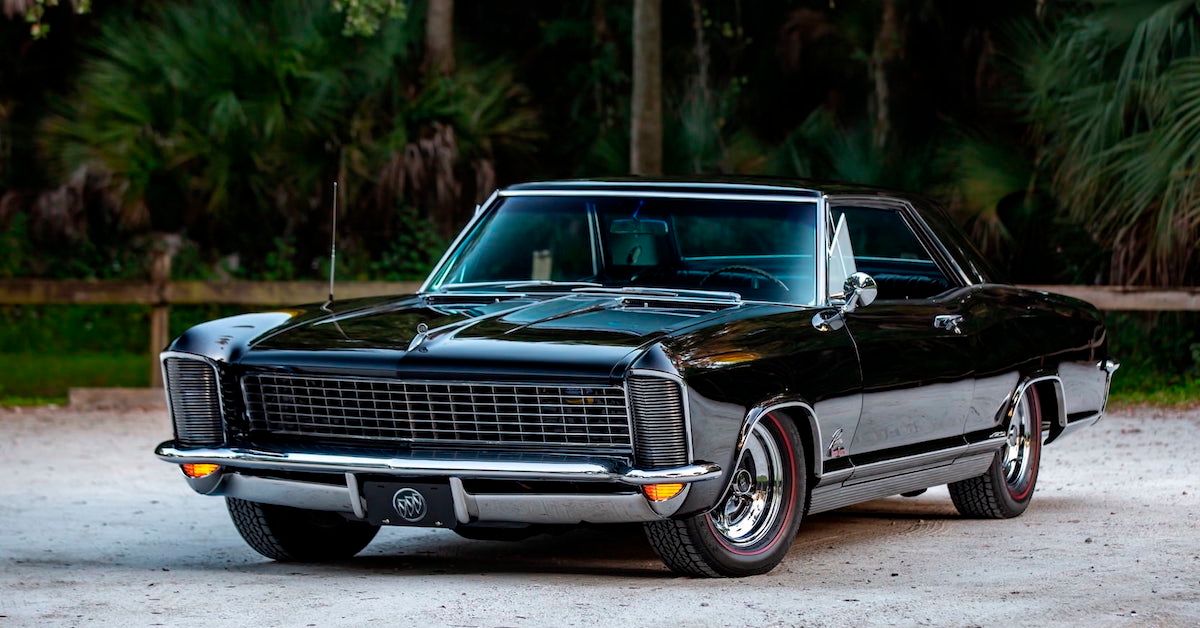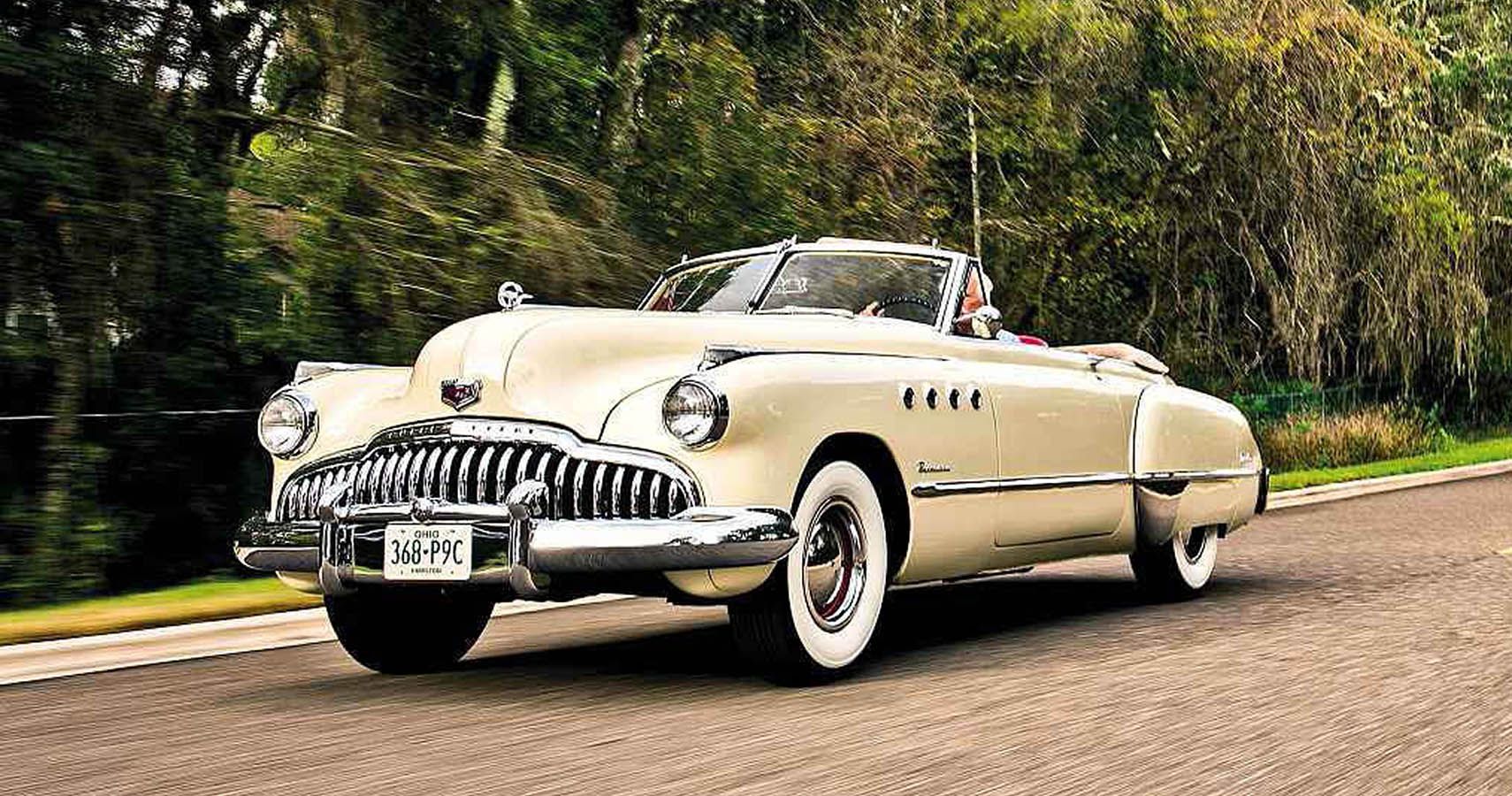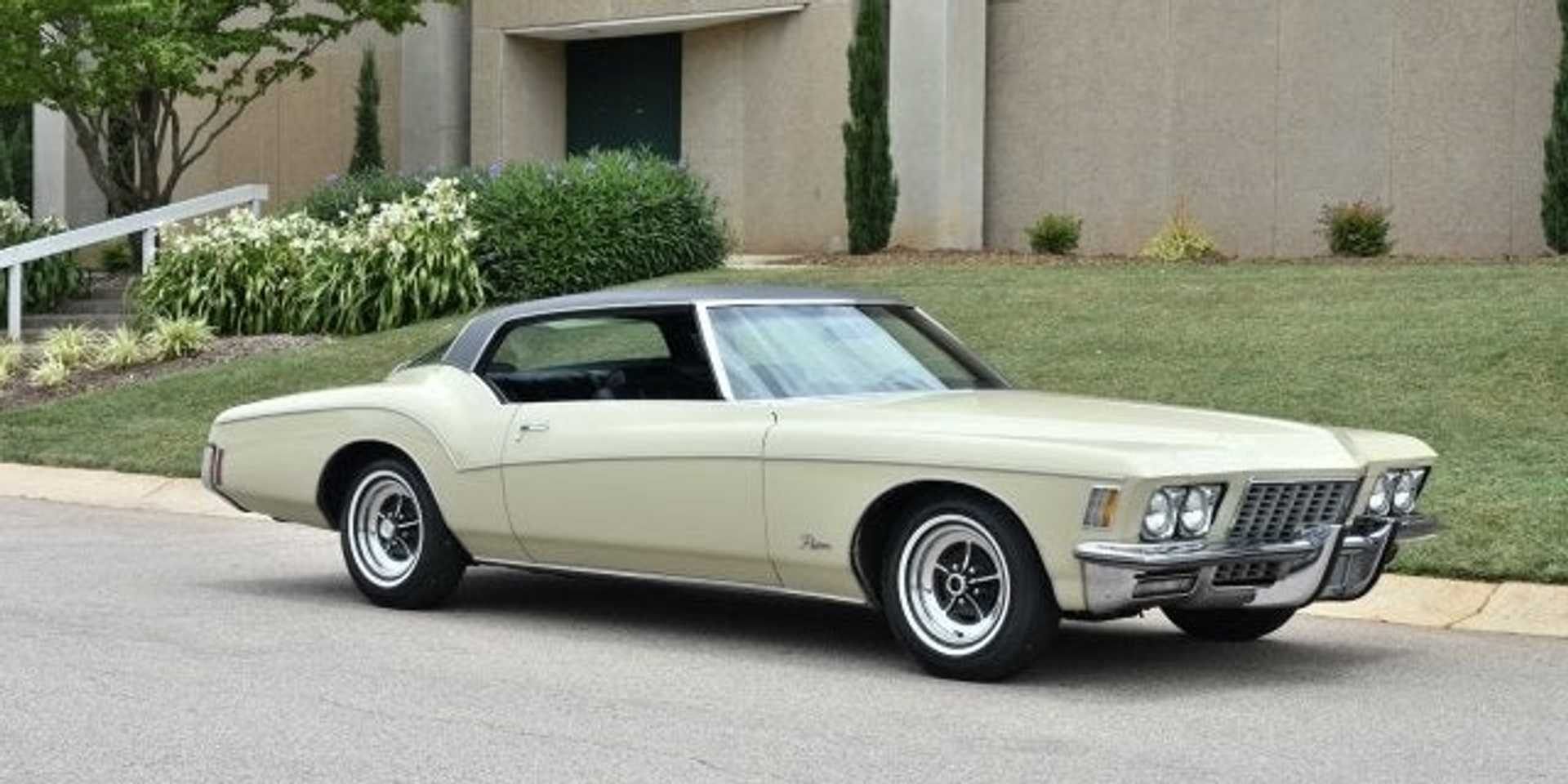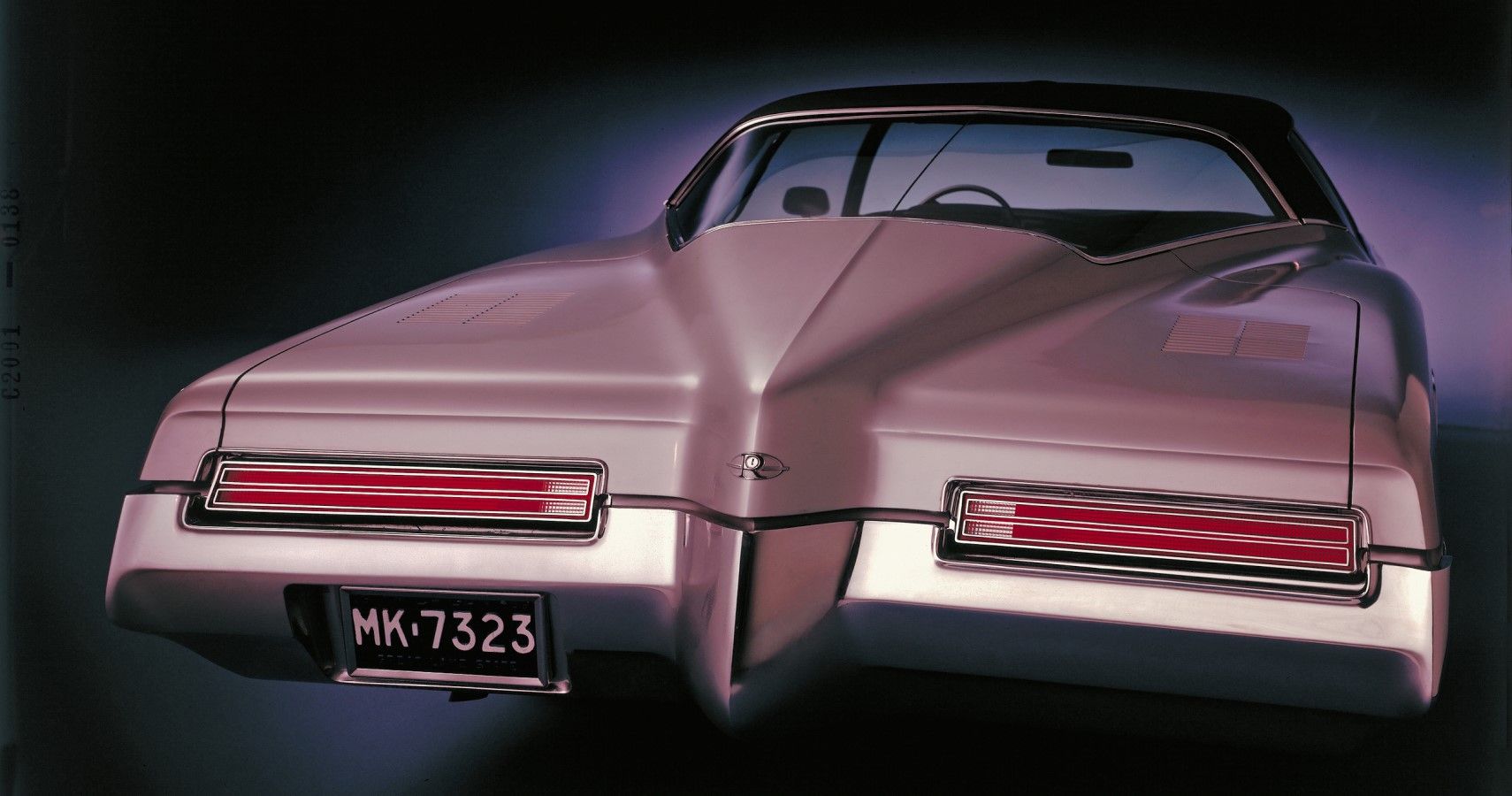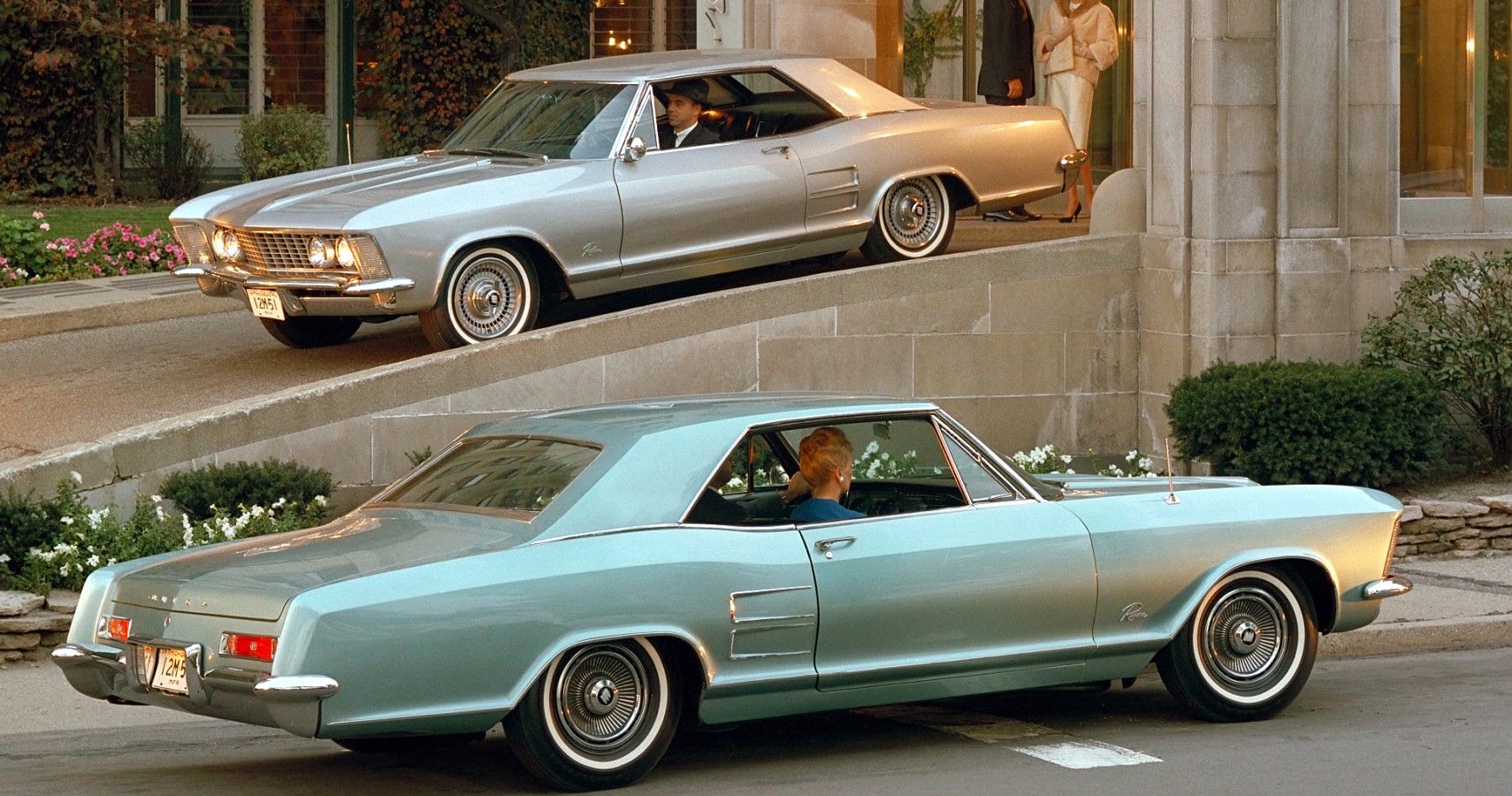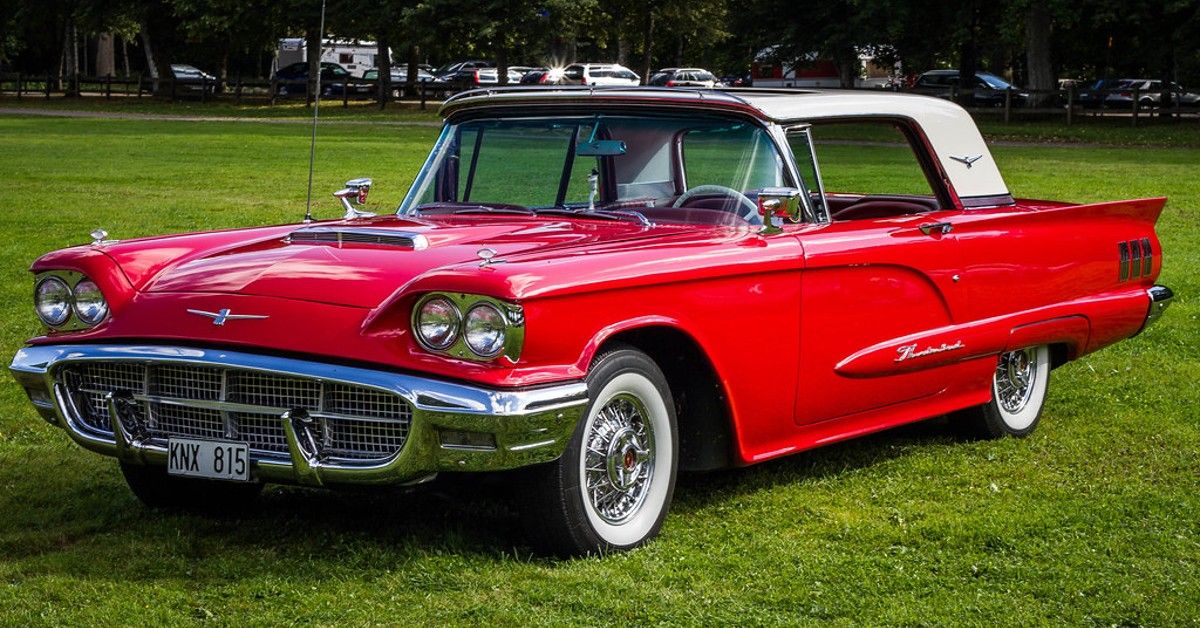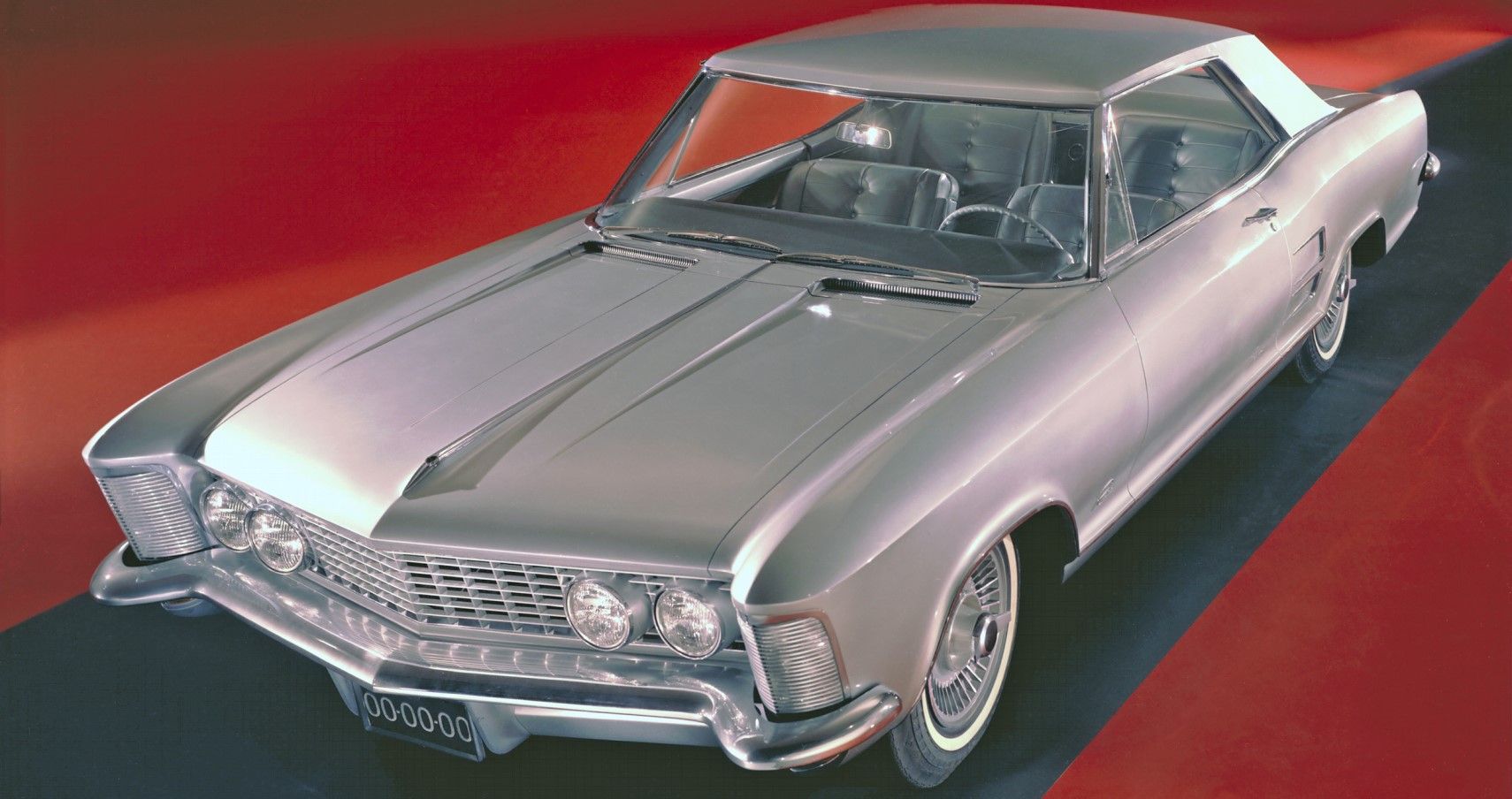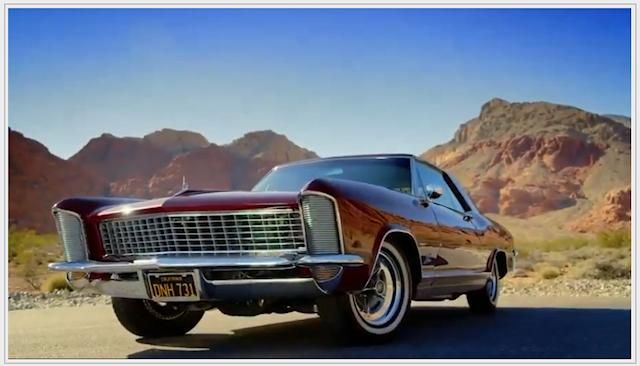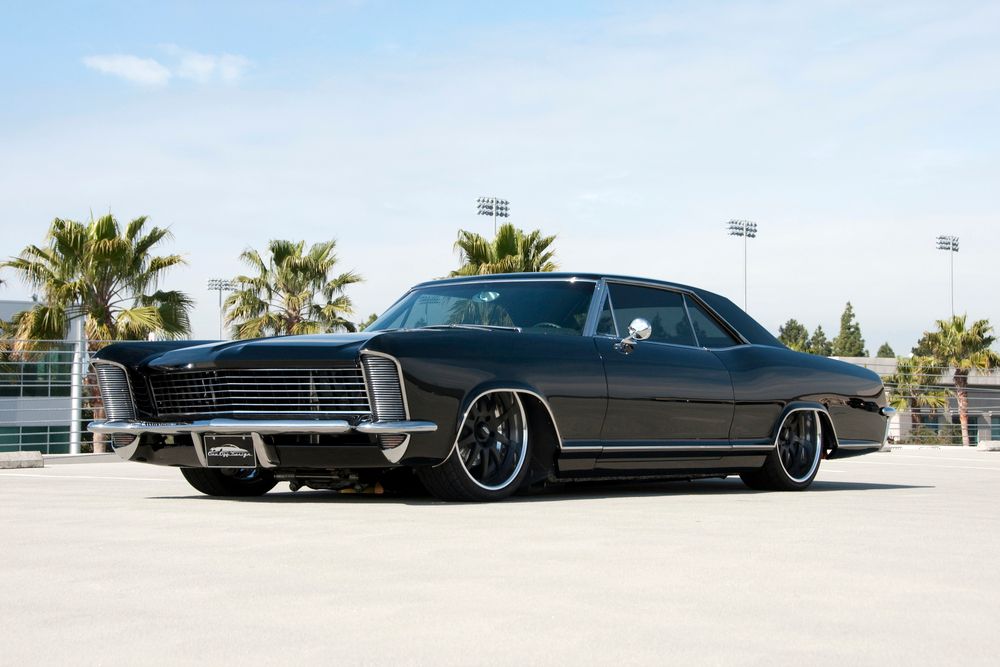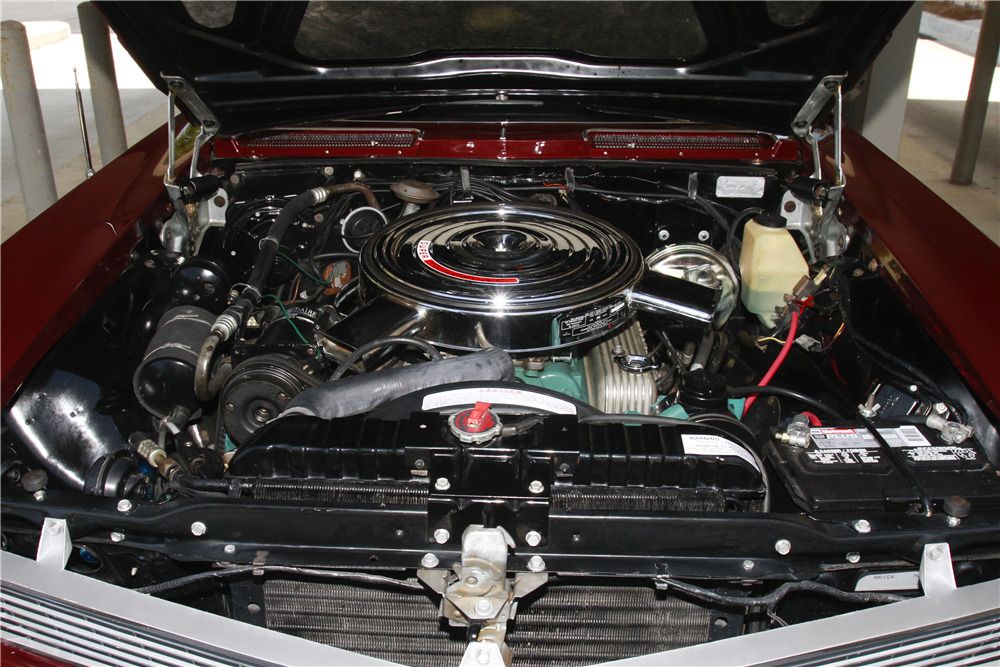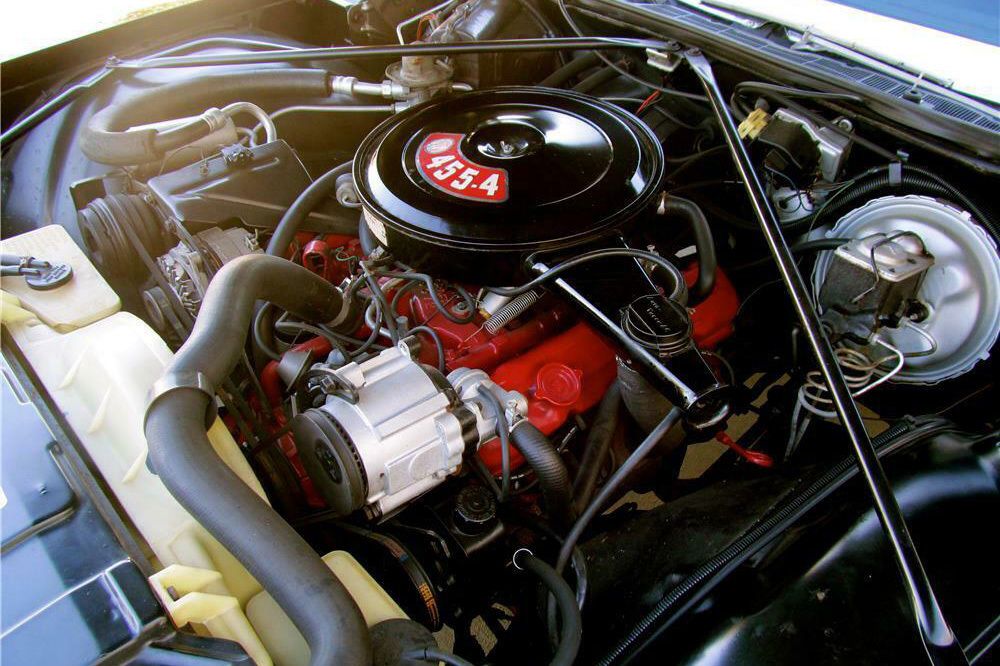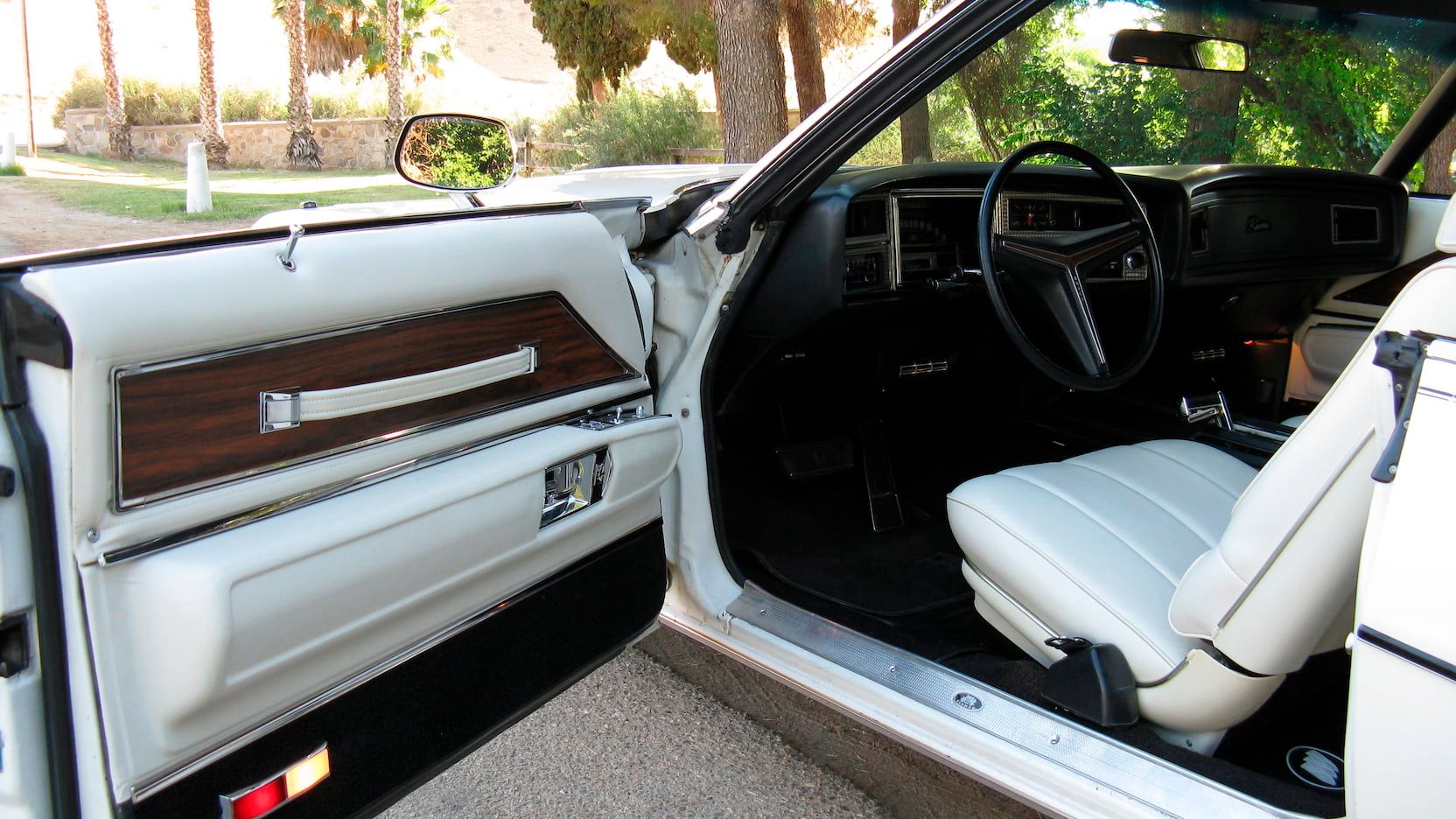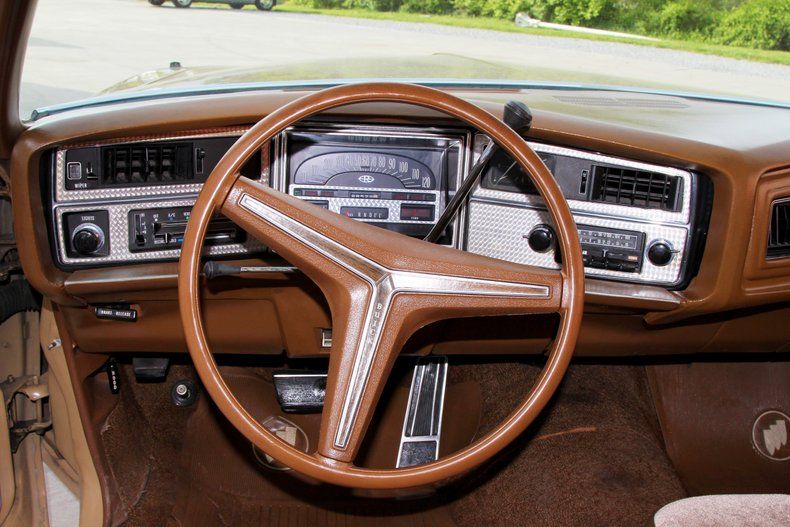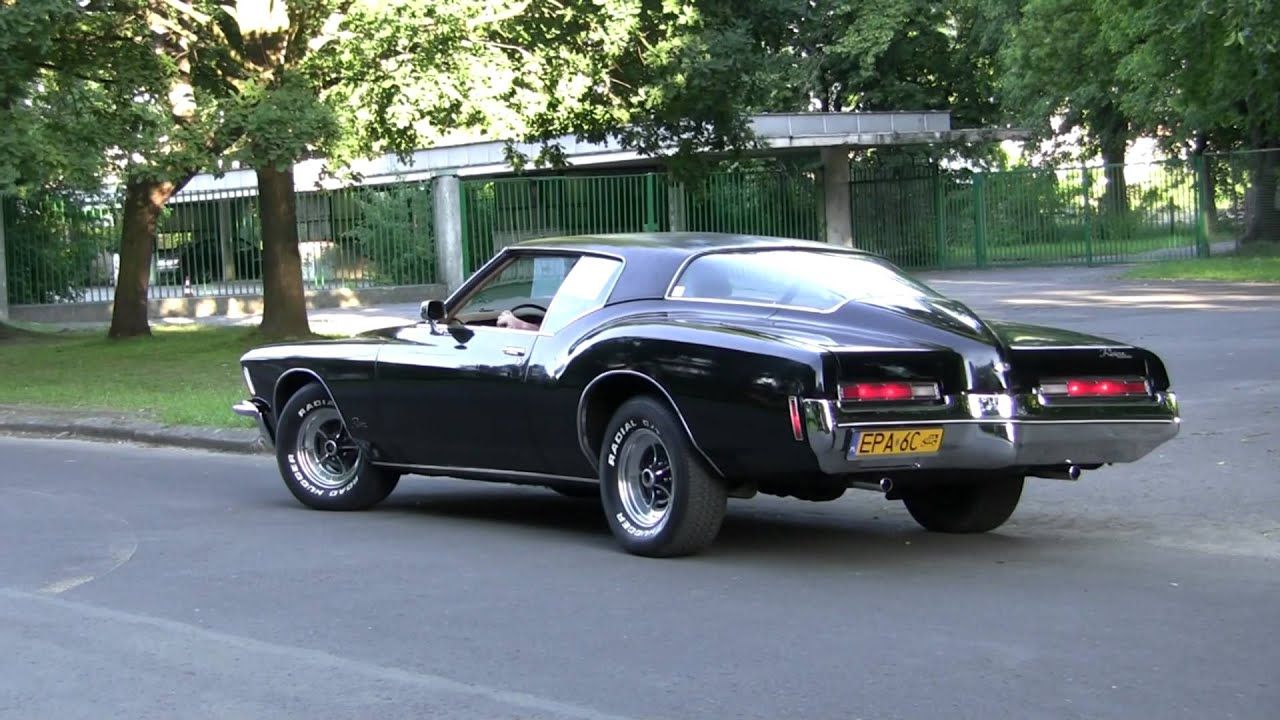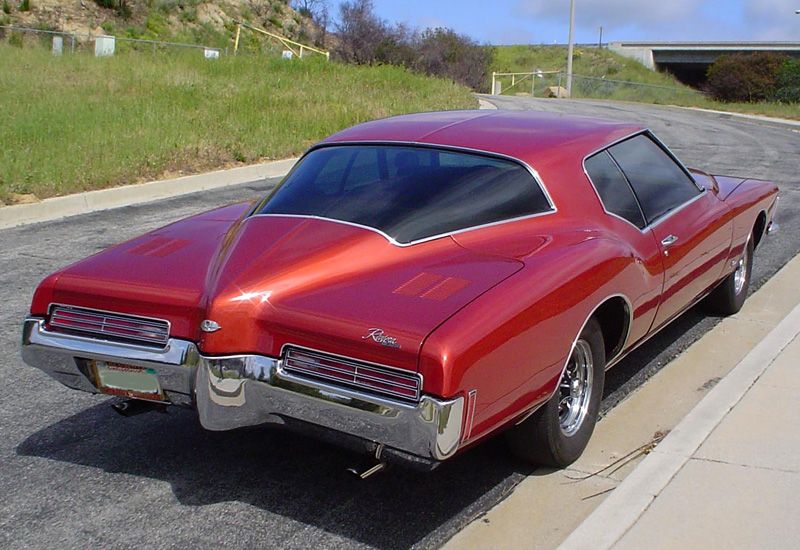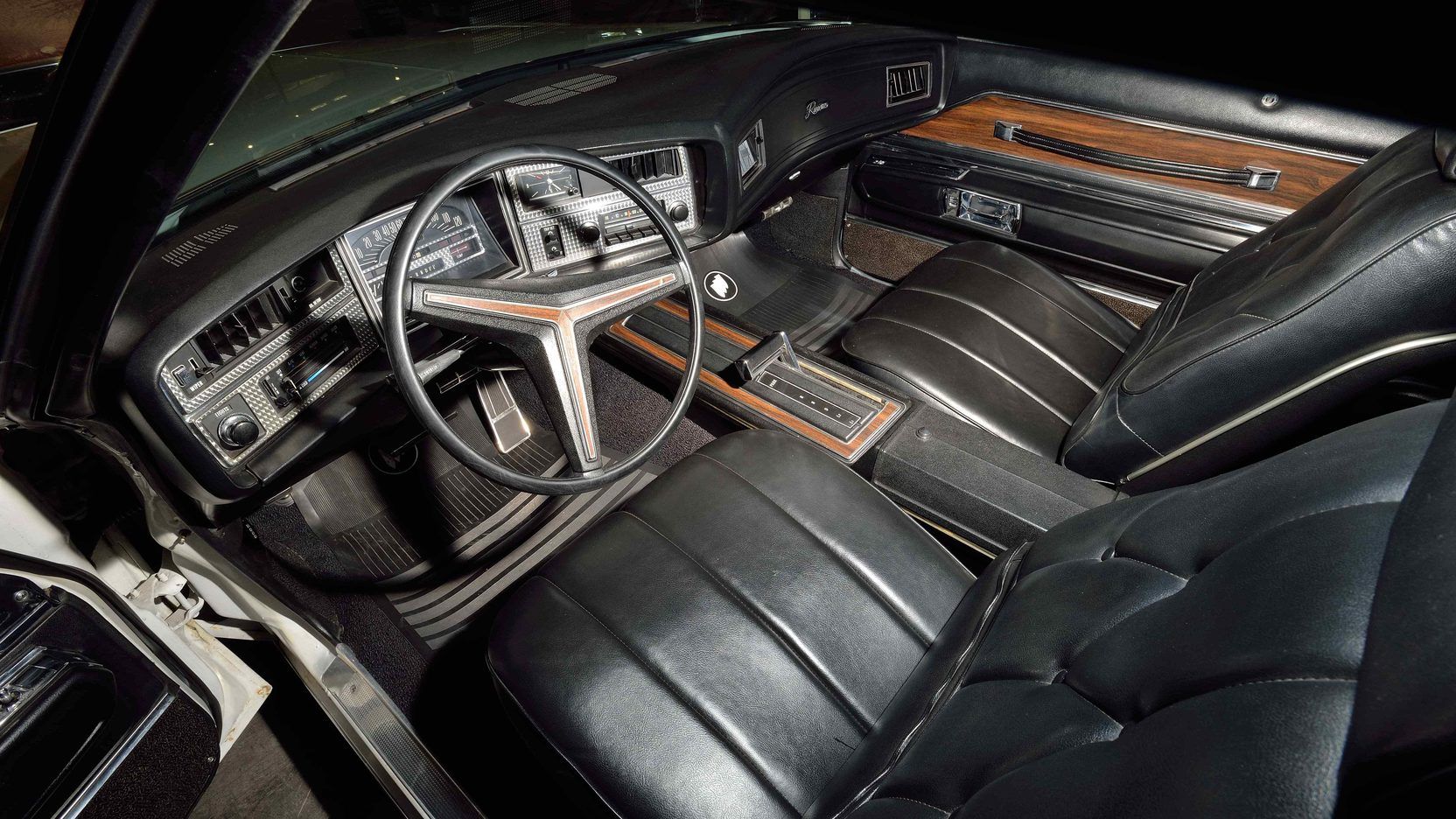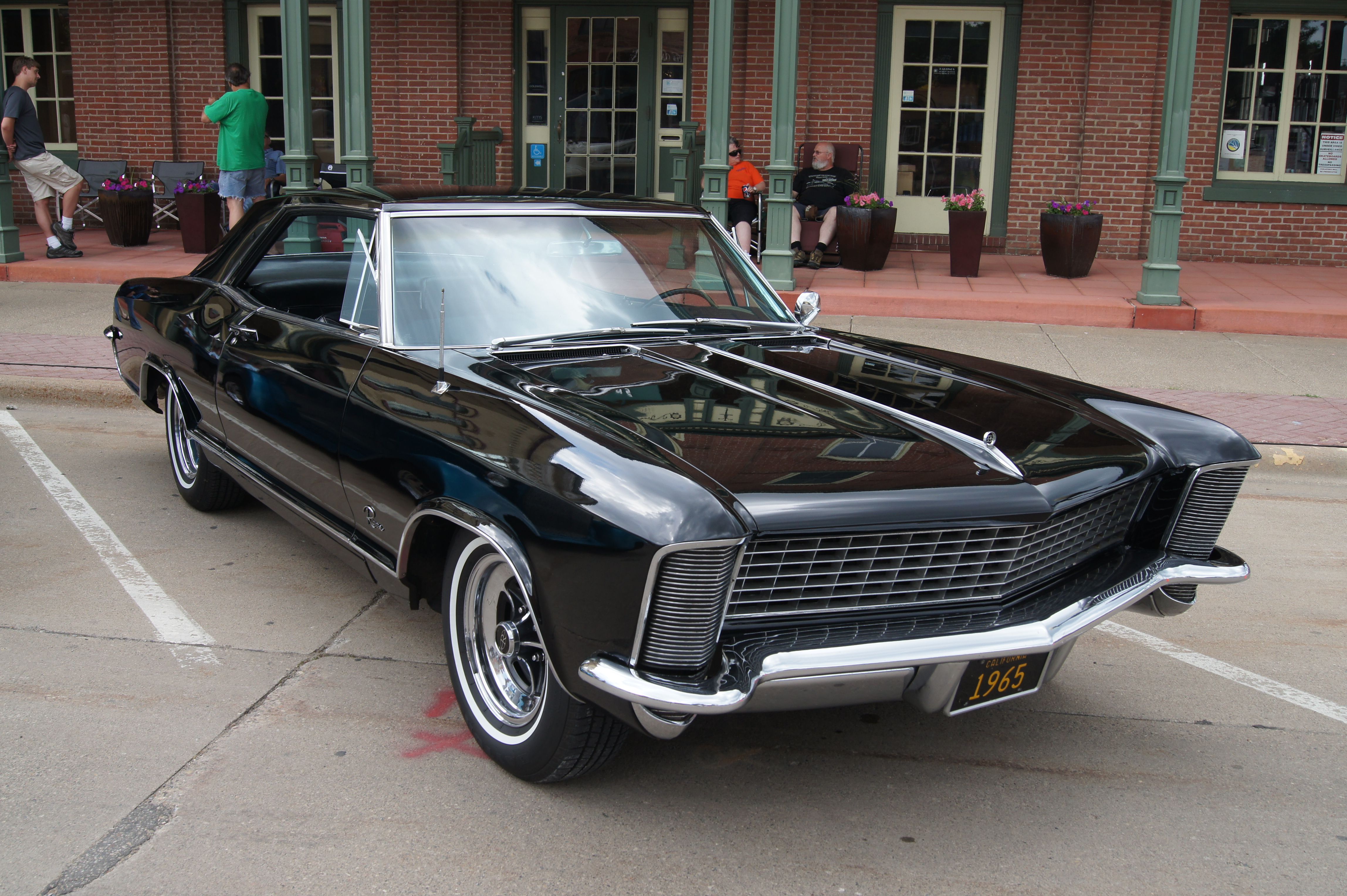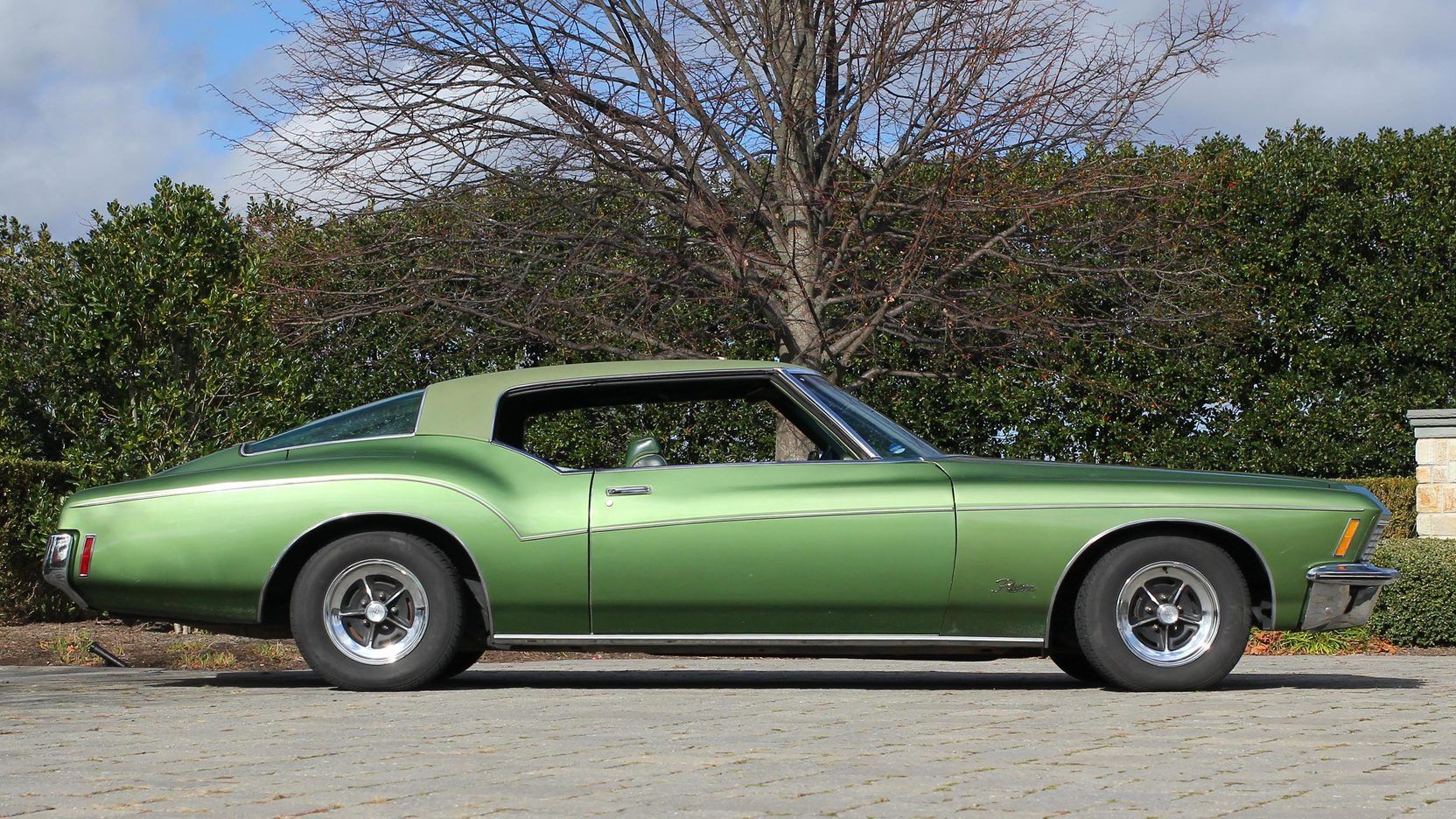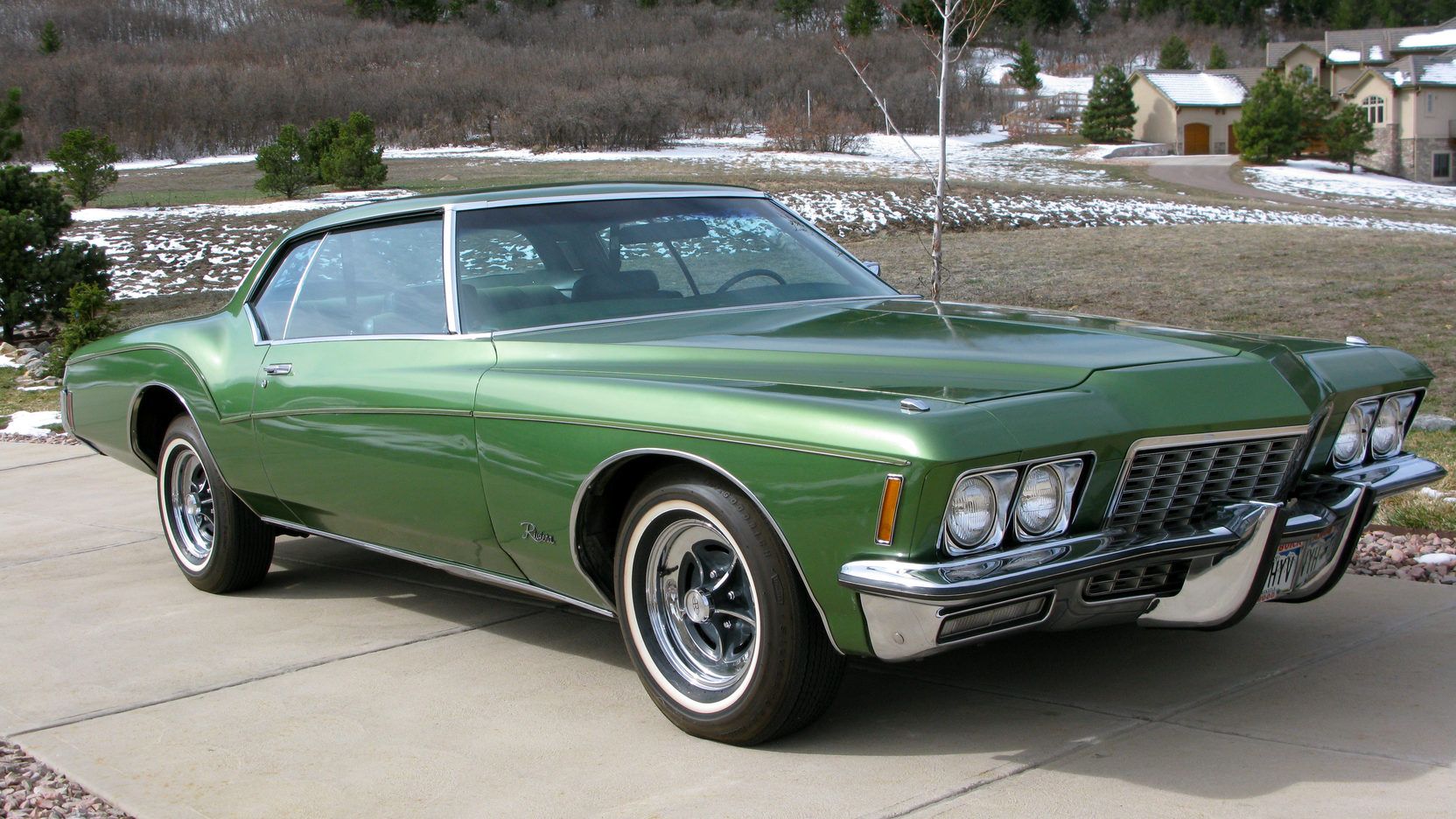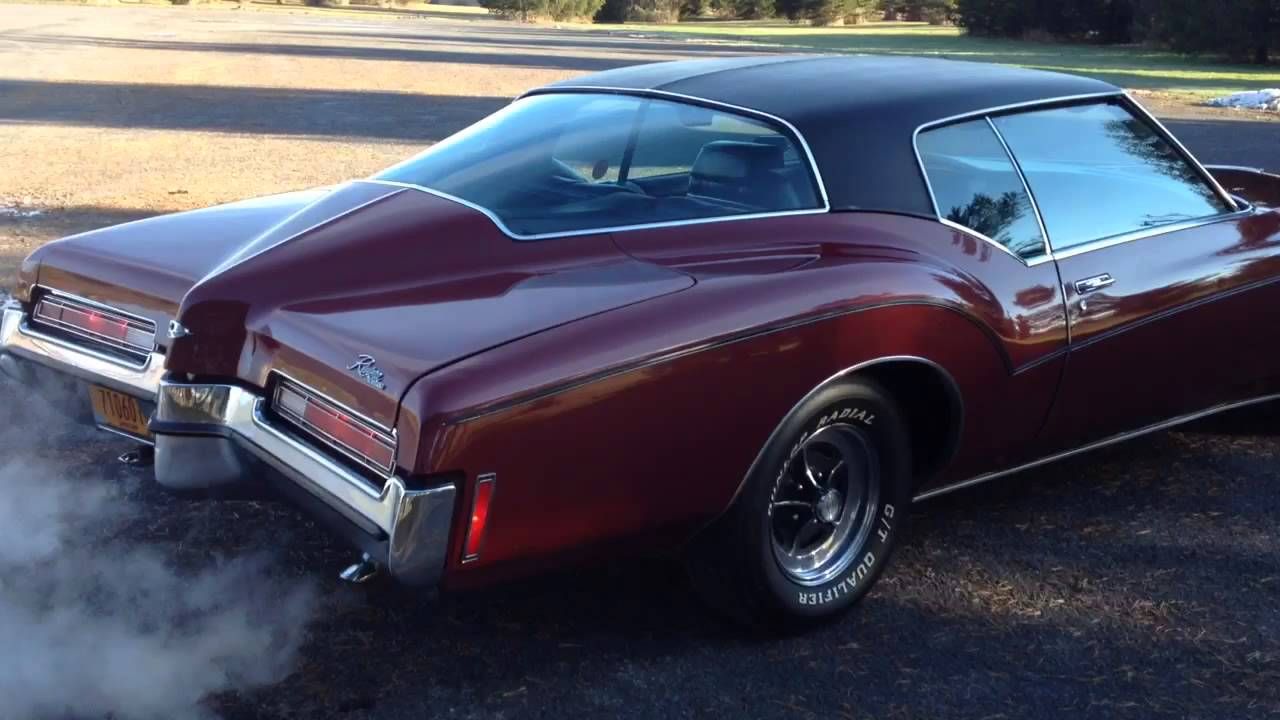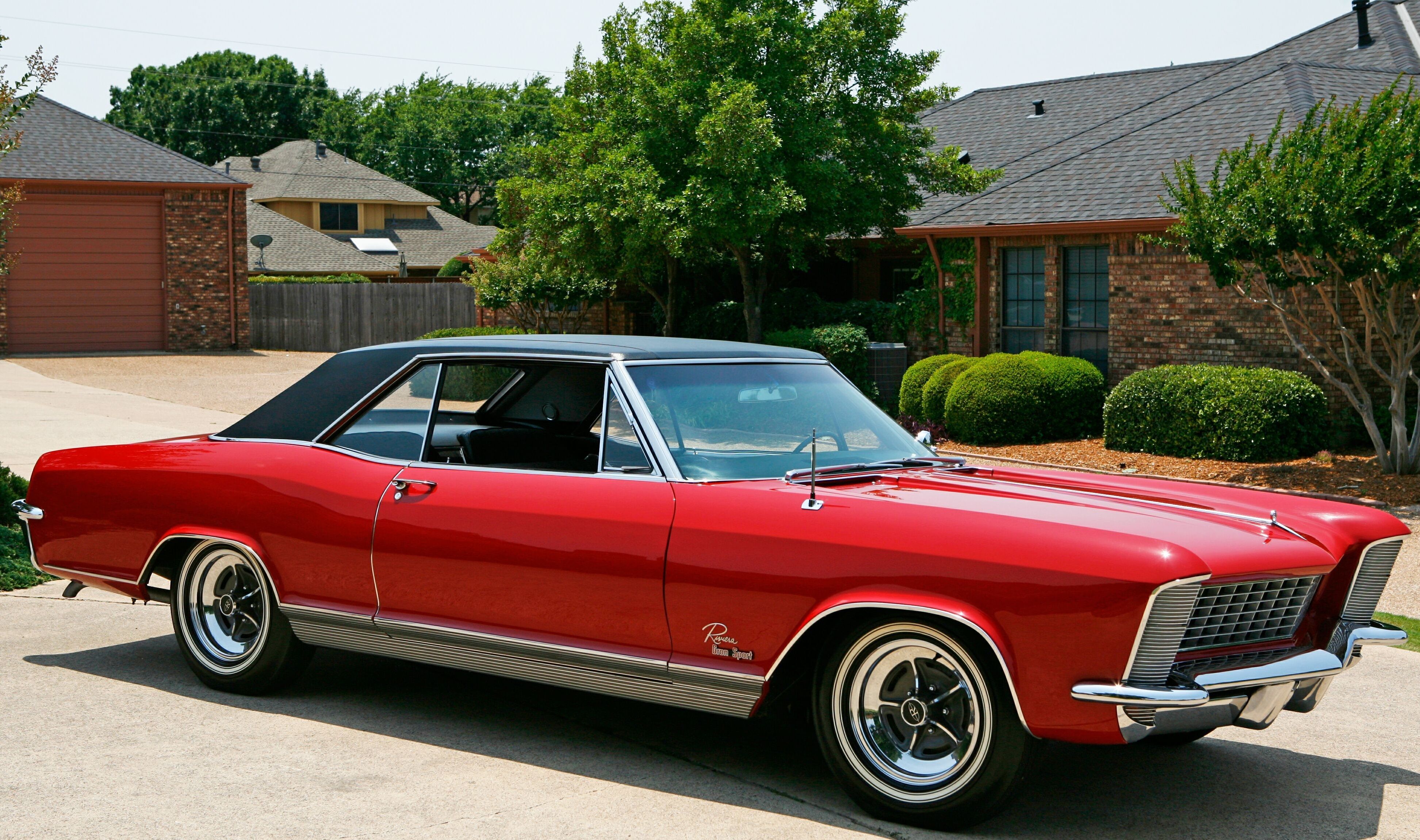Back in the 1960s, Ford's Thunderbird was the talk of the automotive market, getting acclaim and praise in the personal-luxury segment. General Motors wanted a piece of that action, and thus, the Buick Riviera was born. Inspired by the likes of Rolls-Royce, the Buick Riviera was made with luxury and elegance in mind. Furthermore, the car was also designed to be one of the most aesthetic vehicles of its time, and it certainly did not disappoint on that front. Hence, what came off the assembly line was a sharply styled, luxurious car that had the agility of a muscle car.
Over 36 years of production in America, the Buick Riviera saw 8 different generations. While the car died a slow and rather pitiful death in the late '90s, the Riviera was one of the most stunning models on the market when it came out. Even well into the middle of the 1970s, the Buick Riviera was the whole package and delivered a lot of luxury, V8 power, and eye-pleasing looks. All of these characteristics came together to make the Riviera one of the most iconic cars in American automotive history. This gorgeous two-door sports coupe housed all-American power underneath European-styled aesthetics, and through the Riviera, Buick had managed to craft a vehicle that was faster and sharper than the Ford Thunderbird. Today, the Buick Riviera is a car any collector would love to have, and its luxury and sporty appeal remains timeless. In that vein, here are ten things every gearhead should know about the American icon, the Buick Riviera.
10 The Riviera Used To Simply Be A Trim Model For The Roadmaster
Before the Buick Riviera was a standalone car, it used to merely be a trim for the Buick Roadmaster, which was the hardtop variant of the car, back in 1949. Not only the Roadmaster, but the Riviera trim tag carried on for other Buick cars as well, all the way to the Buick Electra.
Then, in 1963, 14 years after introducing the Riviera trim for their cars, Buick decided to make the Riviera its own vehicle, crafted with one sole purpose- outselling the Ford Thunderbird. For this purpose, Buick made the Riviera a highly stylish, luxurious, and performance-focused muscle car with a big V8 under its hood. No longer was the Riviera simply a top-of-the-line trim for the brand’s other cars, but it now had its own identity.
9 Both Ferrari And Rolls-Royce Inspired The Buick Riviera
It was Bill Mitchell, the Chief of Design over at General Motors, who designed the very first model of the Buick Riviera in the late ‘50s. With the purpose of designing an elegant and beautiful car that was also nimble and athletic, Mitchell took inspiration from both Rolls-Royce and Ferrari, ensuring that his Riviera symbolized what these two brands were the epitome of.
Thus, the Buick Riviera combined the luxury and class of a Rolls-Royce with the athleticism of a grand tourer with a Prancing Horse. The Riviera was sharp in its style and agile in its movements, blending the best of both worlds. Mitchell certainly succeeded, as the design of the car remains timeless, turning heads even today, wherever a Riviera goes.
8 Ford Still Managed To Sell More T-Birds Than Buick's Riviera
It was Ford who had introduced the iconic Thunderbird series in the late 1950s and had thus created the personal-luxury segment by themselves. The Thunderbird dominated the segment it had created, and GM wanted to topple the Blue Oval. For this, they tried in 1961 with the Oldsmobile Starfire, and again the next year with the 1962 Pontiac Grand Prix, but both cars failed to deliver.
GM needed a Thunderbird killer, and the Riviera was initially meant to be a Cadillac. While that never worked out, Bill Mitchell decided to craft the Buick Riviera, which was faster than the Thunderbird. Sadly, though, Ford continued to sell more T-Birds than Buick sold Rivieras, which meant that the Thunderbird remained king of the segment. However, owing to the Riviera’s specs and performance, it developed a huge following, which is strong even today.
7 The Buick Riviera Was One Of The Best Touring Cars Of Its Time
The Riviera wasn’t just a fancy luxury car that could go fast in a straight line, but it even had impressive touring credentials. The two-door coupe had a shorter wheelbase which made it the most nimble out of the other Buicks of its time. Furthermore, the Super Wildcat Rivieras housed a 425 motor which produced 360 horsepower and a whopping 465 lb-ft of torque.
With shorter underpinnings, the Buick Riviera had a sturdier suspension setup and coil springs that came mated to telescopic shocks. It even had a track bar for improving its ride quality and handling. The chassis of the Buick Riviera was crafted to be able to take miles upon miles without breaking a sweat, and the car did the job perfectly, without complaining. This made the Buick Riviera a reliable tourer as well, something on which Buick doubled down later with the Riv’s ‘Gran Sport’ trim.
6 The Riviera's V8 Delivered Massive Power With Pure V8 Symphony
Something that purists sorely miss today in their cars are big, powerful, naturally-aspirated V8 engines, and the melodious roar they make. This is perhaps the most iconic part of classic American luxury and muscle cars, and the Buick Riviera never disappointed on that front. After all, not just V8 units, but the internal combustion engine itself is soon to be a thing of the past.
Buick's first-generation V8 for the Riviera was dubbed the ‘Nailhead’, owing to its small valves which resembled nails. Available in several displacements, the Riviera did spoil customers for choice with its initial engine displacement options (264, 322, 364, 401, and 425). The Riviera housed a massive 7.4-liter V8 engine that made 250 horsepower, but sadly, it came at a time when high-displacement power was fading away from the market. With a healthy 375 lb-ft of torque, the 455 Buick V8 made heads turn wherever it went, both with its looks and its sounds.
5 The Buick Riviera Offered A Plethora Of Luxury And Tech
Luxury was kept in mind from the very beginning when it came to the Buick Riviera. With four bucket seats that made the cabin plush and elegant, the Riviera was an extremely comfortable car for four full-grown adults to go touring over long distances without any sores or complaints.
The cabin had more to brag about, with power windows, power seats, air-conditioning, tilt-wheel, and cruise control being accessories that were still ahead of their time back in the '70s. The Riviera even had power door locks and an automatic trunk release option. Furthermore, tech continued through to the driving department, with power-boosted disc brakes and power steering making the Buick’s driving experience one of the best in the business.
4 Buick's MaxTrac Traction Control System Made The Riviera Handle Superbly
A major part of the credit when it comes to the Buick Riviera’s great driving dynamic goes to Buick’s MaxTrac technology. The MaxTrac Traction Control system in the 1972 Buick Riviera allowed for much better handling and traction, which made the riding experience a breeze for new and old drivers alike.
While the MaxTrac Traction Control system was a somewhat expensive option that was only available in the top Buick models of the time, this crude version of a traction control system used a sensor on the front wheel and the transmission to control ignition, braking, and pulling power. This was a system that is unfathomable to not have in today’s cars, but at the beginning of the 70s, this was quite ahead of its time. Sadly, Buick discontinued the MaxTrac in 1973 itself, since not enough customers went ahead and opted for it owing to the price increase it brought with it.
3 The Buick Riviera's Transmission Was One Of GM's Best Transmissions Ever
Sure, purists will always stand by a manual being the best way to enjoy any car, and especially a classic one at that, but the Riviera came with an automatic transmission which wasn’t bad by any means. Being a luxury car from the very beginning, the Riviera aimed to provide drivers with a comfortable and relaxing experience.
The Riviera was a lot lighter than its contemporaries, and while the typical American muscle car would make a workout out of steering the wheels, the Riviera provided smooth and light handling which made the car almost float down the road. Almost a decade later, the ‘72 Riviera came standard with a 3-speed Turbo Hydramatic transmission, which, even today, is known as one of the best, most reliable, and solid transmissions GM ever made. The TH400 was also capable of handling bigger engines if one chose to swap out the big block V8 unit with other engines.
2 Buick Used Lightweight Materials To Make The Riviera Light and Quick
The first generation Buick Riviera had Aluminum Finned drum brakes, which the company dubbed Al-Fin brakes. These brakes came with a sophisticated suspension setup that had wishbones, all mated to a top-notch power steering which made driving around the Riviera a breeze compared to other heavy muscle and luxury cars of the time.
While the Riviera did share the same engine as other heavier Buicks, lightweight materials were used in the car’s chassis to give the luxury car a lower weight than its cousins. This lighter weight made the Riviera a lot nimbler and elegant in its handling. Of course, it also had better all-round performance, with a sub-8-second 0 to 60 mph time in its very first generation.
1 The Gran Sport Buick Riviera Was Even More Impressive
Two years after debuting, the Buick Riviera received a ‘Gran Sport’ trim in 1965. The Gran Sport Riviera offered an even more impressive driving experience than the standard Riviera and even improved the performance of the car. Powered by the Super Wildcat engine which generated 360 horsepower, the GS Riviera could reach the 60 mph mark from a standstill in just 7.6 seconds.
The GS tag had been a performance nameplate for Buick, reserved only for their best and fastest cars, and the 1965 Riviera received the GS name, eventually leading to the birth of the GSX 455, which remains one of the most iconic and badass muscle cars in history. The Gran Sport trim improved the differentials of the Riviera, and also came with a lower gear ratio with a sportier suspension. This made the car a lot more fun to drive. Today, GS models of the Buick Riviera are even rarer than the standard car itself, especially those from the first couple of generations.

